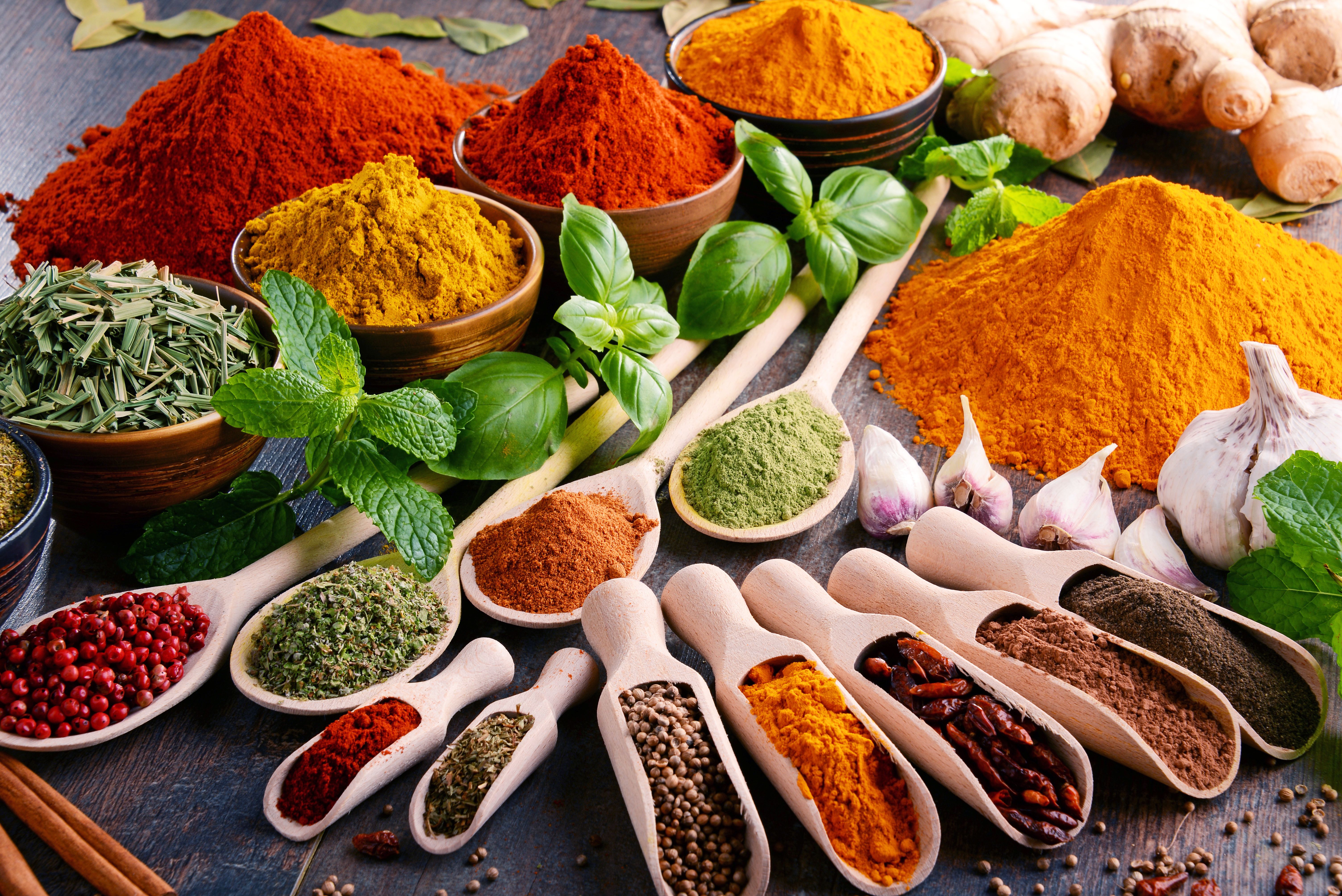Spices That Transform International Cuisine: A Chef's Guide
The Power of Spices in International Cuisine
Spices have been an integral part of culinary traditions across the globe for centuries. They not only enhance flavors but also add depth and complexity to dishes. Whether you're a professional chef or a home cook, understanding the transformative power of spices can elevate your cooking to new heights.

Middle Eastern Wonders: Sumac and Za'atar
Middle Eastern cuisine is renowned for its rich and aromatic flavors, and spices like sumac and za'atar are at the heart of many traditional dishes. Sumac is known for its tangy, lemony flavor, making it a perfect addition to salads and grilled meats. Za'atar, a blend of herbs, sesame seeds, and sumac, is often used as a seasoning for breads and meats, offering a unique taste experience.
Incorporating these spices into your cooking can transport you to the bustling markets of the Middle East. Try sprinkling za'atar over freshly baked bread brushed with olive oil, or use sumac to brighten up roasted vegetables.
Indian Staples: Turmeric and Garam Masala
Indian cuisine is a vibrant tapestry of colors and flavors, with spices playing a pivotal role. Turmeric is renowned for its earthy flavor and health benefits, often used in curries and rice dishes. Another essential spice blend is garam masala, a fragrant mix of ground spices that adds warmth and complexity to any dish.

To incorporate these spices into your cooking, try adding turmeric to your next batch of rice for a golden hue and subtle flavor. Garam masala can be sprinkled over roasted vegetables or used as a seasoning for meats to infuse dishes with an aromatic quality.
Asian Aromatics: Lemongrass and Star Anise
Asian cuisines are known for their aromatic spices, with lemongrass and star anise being two standout examples. Lemongrass offers a citrusy aroma that is commonly used in soups and curries, particularly in Thai and Vietnamese dishes. Star anise, with its sweet licorice flavor, is a staple in Chinese cooking and is often used in braises and stocks.
To experiment with these flavors, add lemongrass to a coconut milk-based curry or use star anise in a slow-cooked beef stew to impart a depth of flavor that will elevate the dish.

Latin American Zest: Cumin and Achiote
Latin American cuisine is characterized by bold, vibrant flavors, with cumin and achiote playing significant roles. Cumin provides a warm, earthy note that complements beans, meats, and stews perfectly. Achiote, also known as annatto, is used for its mild peppery flavor and vibrant color, often found in Mexican and Caribbean dishes.
Enhance your Latin American recipes by adding cumin to chili or taco seasoning. Use achiote paste to marinate meats for grilling, adding both flavor and color to your dishes.
The Global Spice Journey
Embarking on a global spice journey not only enhances your culinary repertoire but also connects you to the rich cultural histories behind each spice. These flavorful additions can transform everyday meals into extraordinary culinary experiences.
Experimenting with spices allows you to create unique dishes that reflect the diverse flavors of international cuisines. From the tangy notes of sumac to the earthy tones of cumin, each spice offers its own story and character.
Commercial Kitchen http://avice.org

